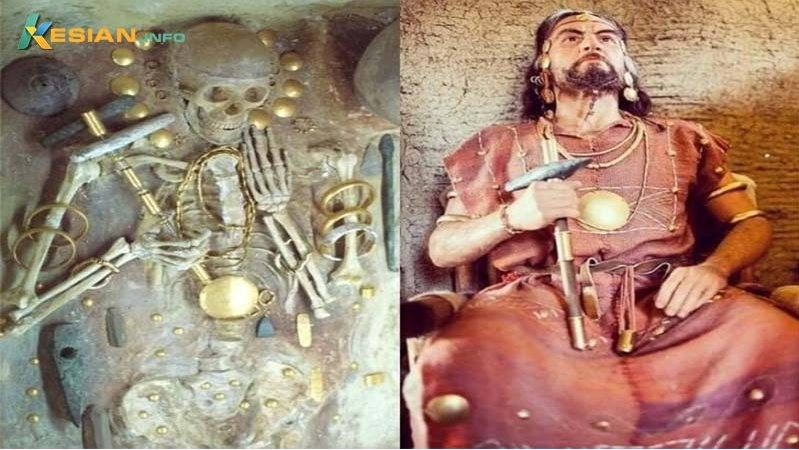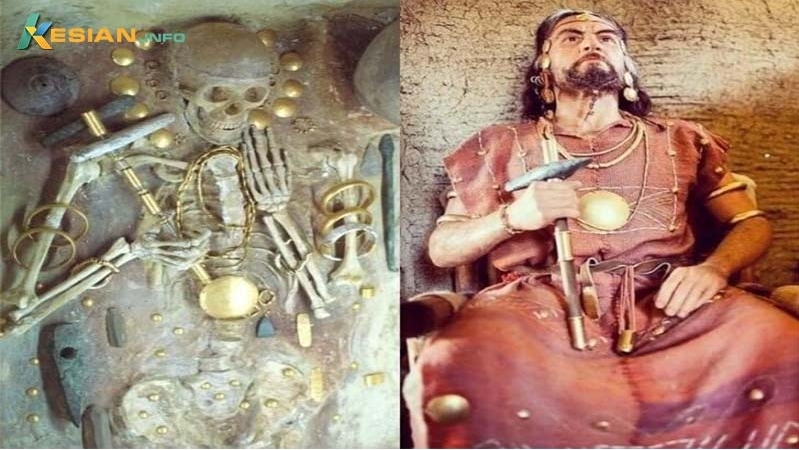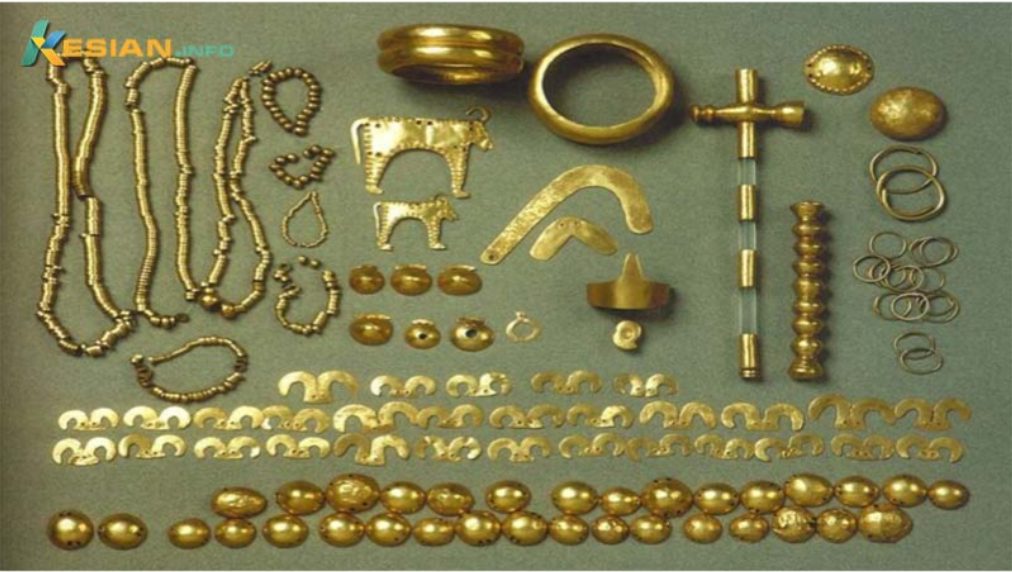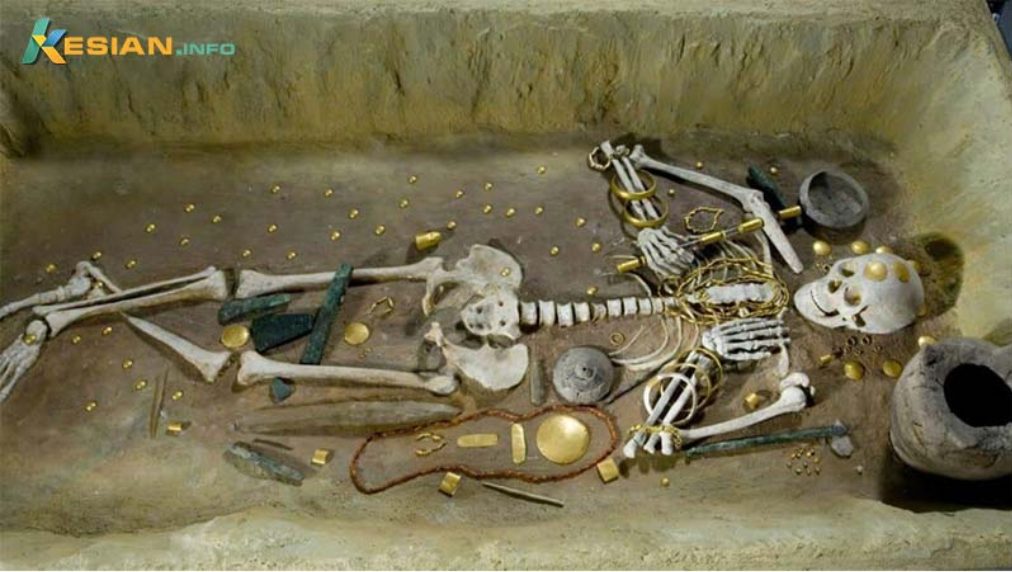
A total of 294 graves have been discovered at the Varna Necropolis so far, containing about 3,000 gold artifacts, Archaeology in Bulgaria reports. While there were many elite burial sites uncovered, there was one in particular that stood out among the rest – grave 43. Here, archaeologists uncovered the remains of a high status male who appears to have been a ruler or leader of some kind.

The Varna Gold Treasure was accidentally discovered in 1972 during the construction of a canning factory at the site, when an excavator operator called Raycho Marinov, then aged 22, unearthed several artifacts, collected them in a shoe box, and took them to his home. A couple of days later he decided to contact some local archaeologists and inform them about the discovery.

A total of 294 graves from the Chalcolithic period were discovered at the necropolis. Radiocarbon dating was used to determine that the Copper Age graves, where the Varna Gold Treasure was found, date back to 4,560-4,450 BC.
All of these remarkable treasures were created by an ancient European civilization that flourished during the Neolithic and Chalcolithic periods in modern-day Bulgaria, as well as in other regions of the Balkan Peninsula, the Lower Danube, and the West Black Sea coast. Some scholars refer to this prehistoric civilization as “Old Europe”.

The discoveries made in the necropolis suggest that the Varna Culture engaged in trade with distant Black Sea and Mediterranean regions, and that they exported rock salt from the Provadiya – Solnitsata (“The Salt Pit”) rock salt mine.
Archaeologists also believe that the Mediterranean mollusk shells found in the graves of the Varna Necropolis and other Chalcolithic sites in Northern Bulgaria may have been used as currency by this ancient culture.
The graves contained many gold artifacts, leading archaeologists to speculate that the Balkan Peninsula (Southeast Europe) may have had some form of statehood and a royal institution as early as the Copper Age.
The Varna Gold Treasure is comprised of over 3,000 gold artifacts of 28 different types, with a total weight of 6.5 kilograms.
One of the most interesting inventories was found in Grave No. 43, which was unearthed in the central part of the Varna Necropolis in 1974. The grave belonged to a male aged 40-45 who was of rather substantial size for the time (approximately 1.70-1.75 meters or 5 feet 6 – 8 inches tall). Over 1.5 kilograms of all gold artifacts were found in his grave, leading archaeologists to believe that he was a very prominent member of his community, possibly a ruler or king-priest.
The gold artifacts in his grave include 10 large appliques, rings that were hung on strings, two necklaces, beads, what appears to be a gold phallus, golden decorations for a bow, a stone ax and a copper ax with golden decorations, and a bow with gold applications.
In another grave at the site, Grave No. 36 – a symbolic grave – the archaeologists found over 850 gold items including a tiara, earrings, a necklace, a belt, bracelets, a breastplate, a gold hammer-sceptre, a gold model of a sickle, two gold lamellas representing animals, and 30 models of heads of horned animals. The objects were found covered with a gold-laced cloth, lining the contours of a human body with more artifacts on the right side, suggesting that the grave contained a male funeral. Again, the golden artifacts were interpreted by archaeologists as royal insignia.
Similar “royal” burials have also been found in graves No. 1, 4, and 5 of the Varna Chalcolithic Necropolis.
Many of the finds from the Varna Chalcolithic Necropolis indicate the importance of the smith in this culture as a creator who supplants the role of the Great Mother Goddess and transforms the matriarchal world into a patriarchal one. In the Chalcolithic culture, the position of the smith was comparable to that of the king, as metal was more of a status symbol than an economic means.





